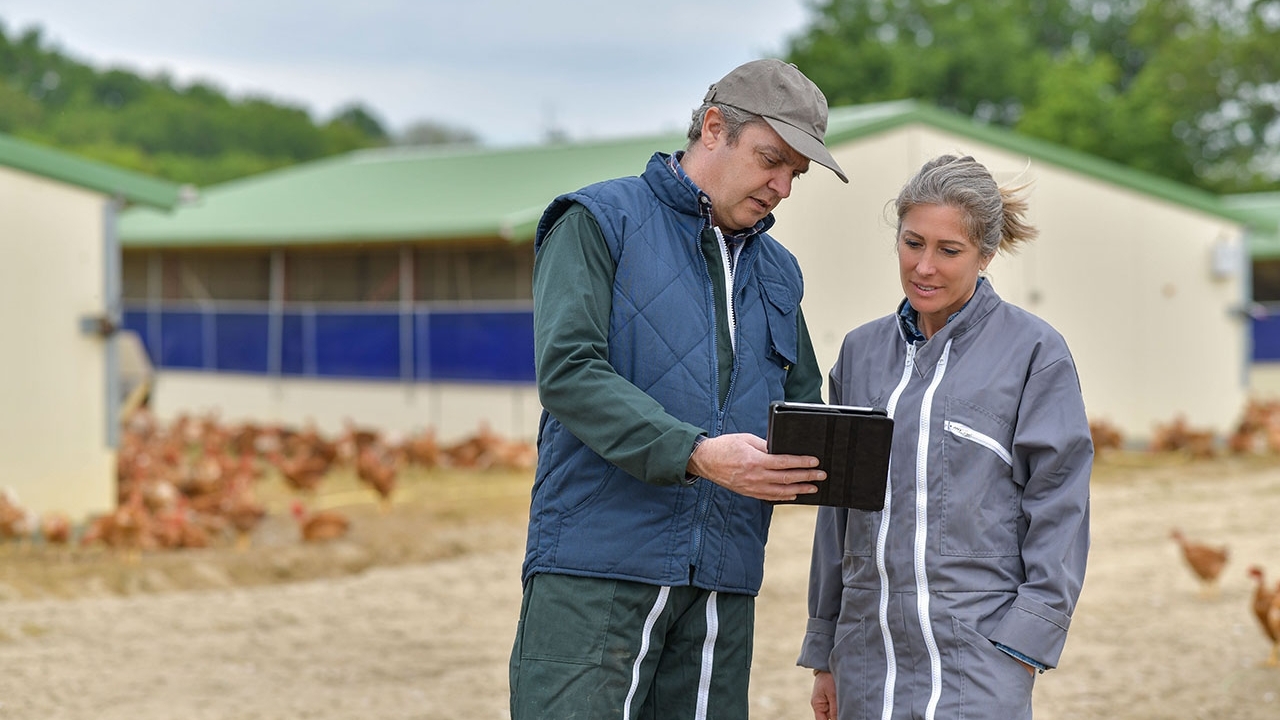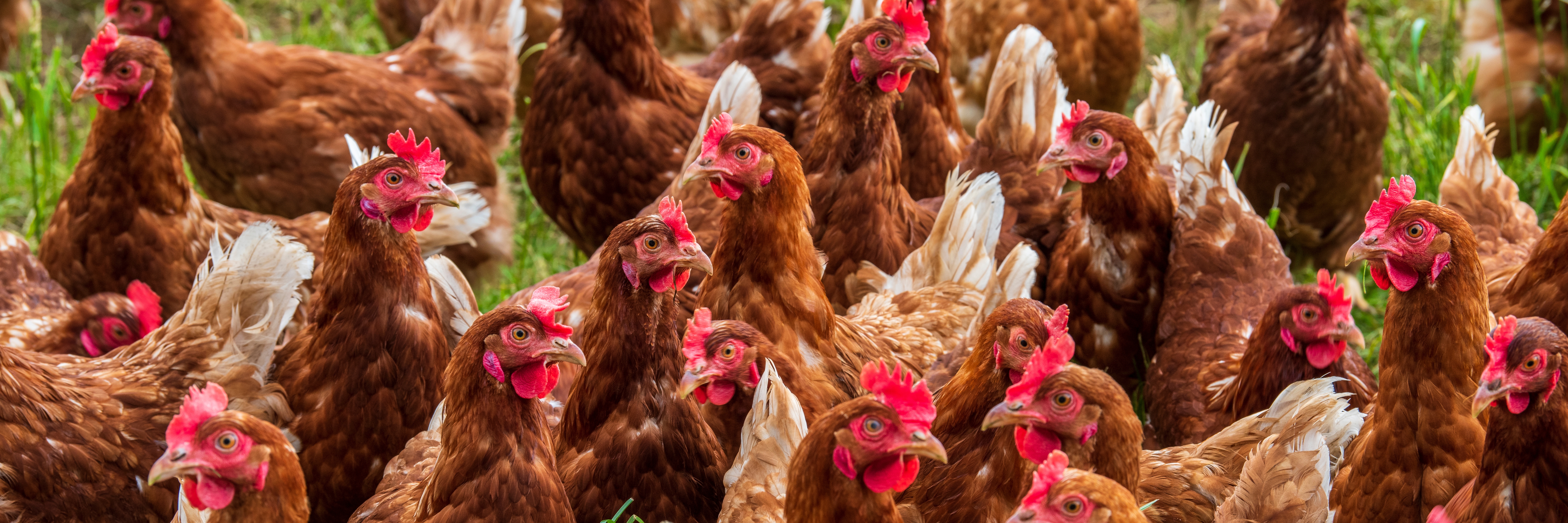
If your flock is infected with highly pathogenic avian influenza (HPAI), USDA will provide indemnity and compensation for some of your losses and costs. Here’s what you can expect.
Indemnity Payments for Birds and Eggs
USDA pays for birds and eggs that must be destroyed. We do not pay for birds that died from HPAI. The amount of your indemnity payment is based on your flock inventory and standard indemnity values.
Making a Claim
Because you will only be indemnified for live birds and HPAI spreads quickly and can be fatal to flocks, it is critical that you report sick birds immediately and begin the indemnity process quickly if you have an infected flock.
- Work with your case manager or Field Reimbursement Specialist to fill out and sign an indemnity request form.
- USDA will begin depopulation work and prepare the initial indemnity value. You’ll receive paperwork indicating the indemnity amount.
- Register your business with the U.S. Government System for Award Management (SAM).
- Complete and sign the paperwork (including your bank information and SAM registration information) and return it to your case manager or Field Reimbursement Specialist.
- You’ll receive payment from USDA via direct deposit in about 2–3 weeks. If you appeal the initial indemnity value (see Fair Market Value of Your Birds) and your appeal is successful, additional funds would be deposited at a later time.
Flock Inventory and Standard Indemnity Values
USDA and State animal health officials work with you to prepare an inventory as soon as HPAI is identified in your flock. The inventory lists all living animals in the flock and the current number of eggs on hand (if applicable).
USDA uses standardized indemnity tables for birds that are specific to your industry segment and the species you have; we use standardized values for eggs that are specific to their use (table eggs or hatching eggs). To calculate the final amounts you will receive, we multiply the value per animal or egg by the number of live animals or eggs.
Fair Market Value of Your Birds
USDA indemnity values are updated annually based on nationally recognized data from our Agricultural Marketing Service and the National Agricultural Statistics Service, the Livestock Marketing Information Center, and other sources as appropriate. If you feel these national averages don’t adequately represent the fair market value of your birds, you may appeal the values by notifying your case manager or Field Reimbursement Specialist in writing within 15 days of receiving your initial indemnity value estimate.
To support your appeal, you’ll need to obtain an independent, third-party appraisal report, prepared by a qualified appraiser, on the value of your birds. Any documentation you have (for example, your own inventory, receipts, etc.) will be useful to an appraiser. The appraisal can be completed after you’ve notified us of your intent to appeal; it does not need to be completed within the 15-day timeframe mentioned above.
Compensation for Other Costs
Compensation is handled separately from indemnity and covers several categories. Your case manager or Field Reimbursement Specialist will help you fill out the required paperwork for these claims.
USDA or our contractors may carry out depopulation and disposal work and pay the costs directly. If you choose to assist in this work or hire your own contractors, we must approve those costs in advance and agree on the methods used. We then reimburse you based on receipts and records of work done.
Depopulation must be done under Federal and State supervision and in line with applicable regulations. Water-based foam and carbon dioxide gas are the most humane and effective options available in an emergency situation with large numbers of birds.
Disposal methods include composting, onsite burial, incineration, rendering, and landfilling. The method(s) chosen must follow all State environmental laws. Other factors we consider include the size of the flock, space requirements, and local conditions.
We will also compensate you for materials, such as contaminated feed or egg packaging, that must be destroyed because they cannot be safely or adequately cleaned. To receive compensation for these items, your Field Reimbursement Specialist must review and approve the items in writing before you remove or disassemble them.
We pay flat rates for virus elimination activities, including barn preparation, a cleaning step, and a disinfection step. The amounts are calculated based on the area of the structures housing animals and eggs. Direct and early payment of a standard amount gives you the resources to conduct these activities yourself or retain and oversee contractors to do the work.
If you decide to fallow your premises instead of completing virus elimination work, you are not eligible for virus elimination payments.
Questions?
Talk with your case manager or Field Reimbursement Specialist, or call your APHIS Area Veterinarian in Charge.
Download Printable Version (790.63 KB)


